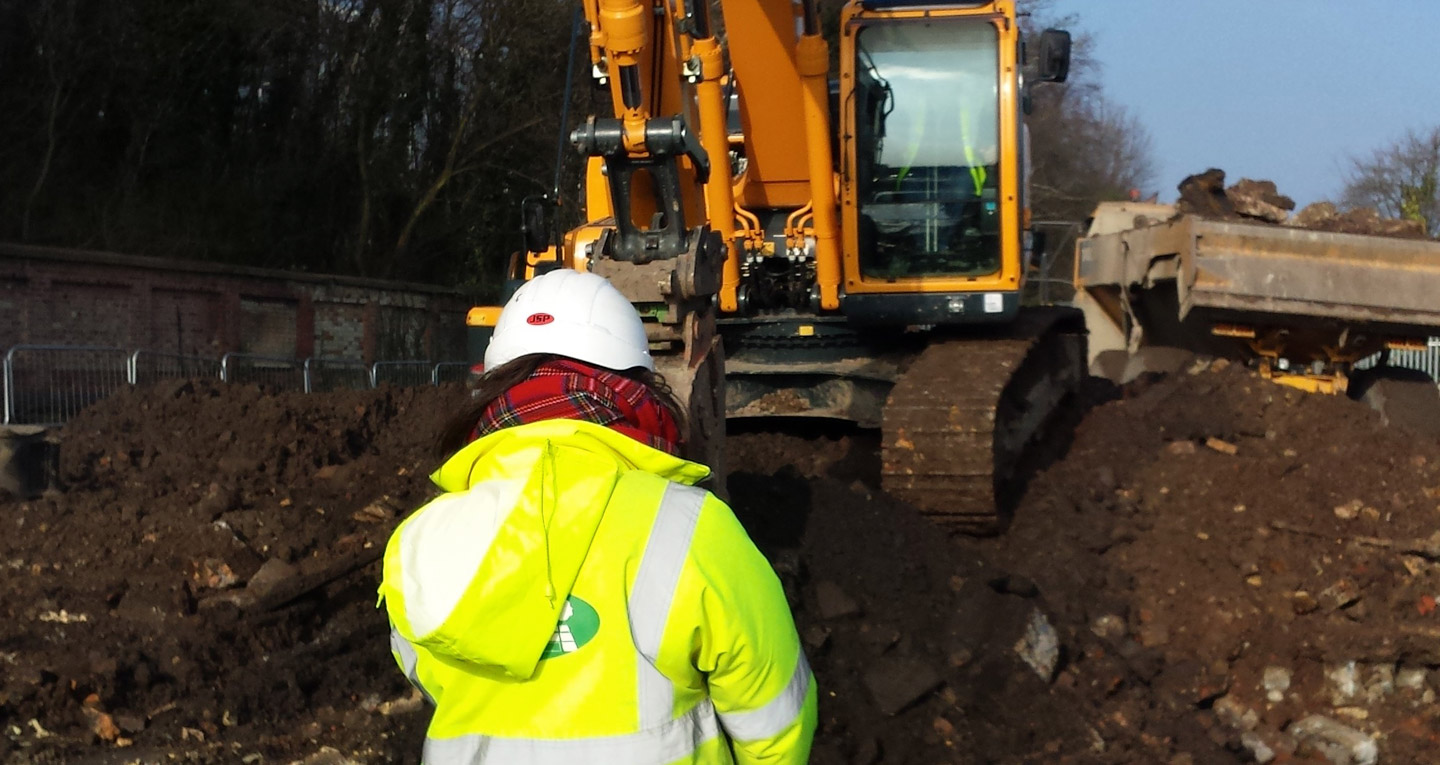
VHE employs the latest on-site validation technology to provide data on contaminated soil and water, enabling instant decisions to be made on the treatment required, thereby optimizing the remediation process.

VHE employs the latest on-site validation technology to provide data on contaminated soil and water, enabling instant decisions to be made on the treatment required, thereby optimizing the remediation process.
Formerly, samples required laboratory analysis, introducing a delay of typically 5 days during which stockpiles had to be stored on site, this having time and cost implications.
Two of the latest methods we employ for the determination of contaminant concentrations are Ultraviolet Fluorescence (UVF) and X-ray Fluorescence (XRF) which between them can, on many sites, measure all contaminants of concern.
X-ray Fluorescence (XRF) – Using Niton XL3 XRF Analyser XRF enables us to determine heavy metals concentrations using a portable detector which produces real-time measurements in the field.
This hand-held device works using an electronic X-ray source that dislodges electrons from atoms within the sample material. Electrons then drop down to replace those dislodged, and each one emits a fluorescence X-ray. For any one element a characteristic spectrum of fluorescence is produced. The detector analyses the spectrum from the sample to measure the concentration of each element for which it had been calibrated.
Ultraviolet Fluorescence (UVF) - Using Sitelab UVF 3100 A sample of soil or water is first prepared by chemical extraction and then subjected to UV light. This excites hydrocarbon molecules which then emit light (fluorescence) at wavelengths specific to each molecule type. Measurement of the fluorescence response of the sample can therefore provide quantitative measurements of various types of hydrocarbons. Once the sample is prepared, the UVF detection takes only a few seconds to complete.